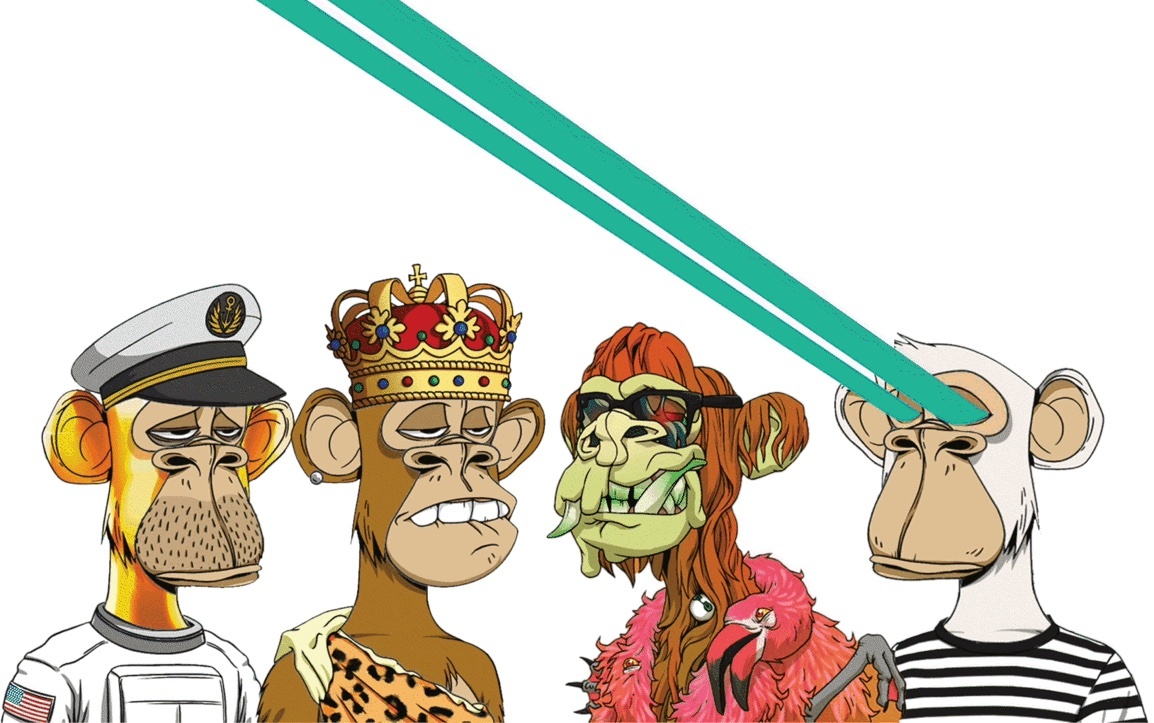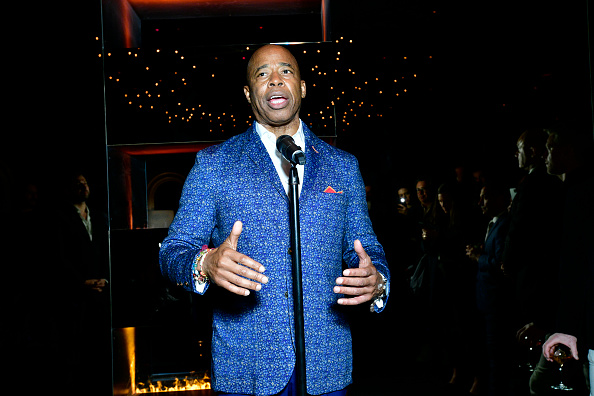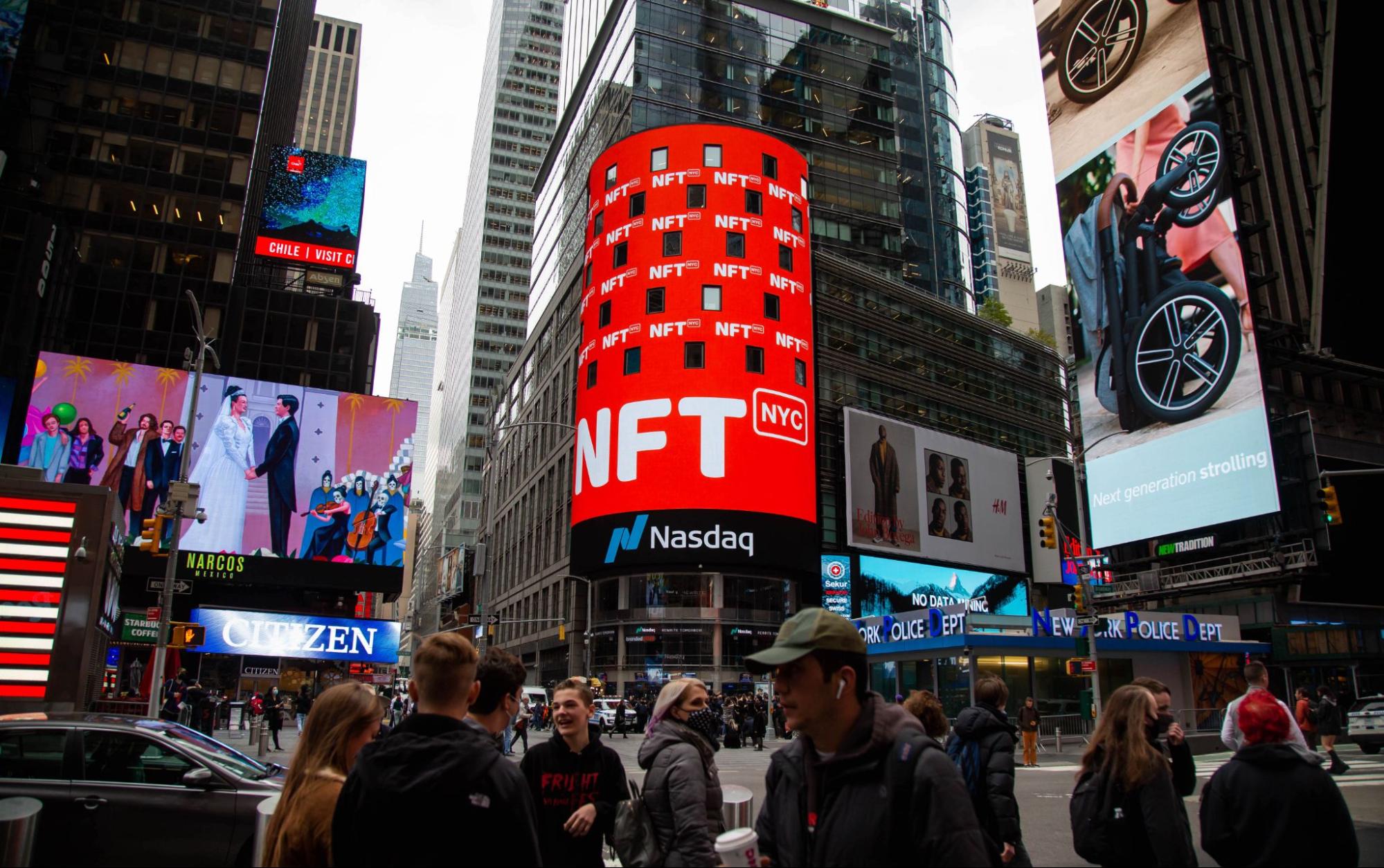The rise of crypto philanthropy

Emily Yang, aka pplpleasr, has sold more than 2,000 ETH worth of her NFT art and donated significant sums to nonprofits like Stand With Asians and Reporters Without Borders. [Image via pplpleasr]
There’s never a dull moment on the blockchain. Here’s what you need to know this week:
Crypto philanthropy is on the rise. We’re taking a look at the intersection of crypto and the nonprofit sector.
A crypto club tried to buy the Constitution. A group called ConstitutionDAO crowd-funded millions to buy a “first printing” of the document.
Meet NFT artist, pplpleasr. Emily Yang has become one of the most popular and outspoken creators in crypto.
Happy Gainsgiving
Crypto donations usher in a new era of philanthropy
Macy’s Thanksgiving Day Parade: an annual holiday tradition of cartoon-character floats, pre-feast TV, and now, crypto giving. This year’s event features its first-ever NFT auction — sales of 10 digital collectibles based on classic parade balloons will benefit the Make-A-Wish Foundation. The retailer is one of many to embrace the potential of NFTs, but its effort to share the wealth is more than a seasonal trend. The crypto market’s 2021 surge fueled a rise in charitable giving, and major nonprofits, like UNICEF, are embracing the shift and connecting with crypto platforms to welcome year-round digital donations. Let’s take a closer look.
Forty-five percent of crypto holders donated $1,000 or more to charities in 2020 compared to 33% of all investors, according to a new report by Fidelity. This year, Fidelity Charitable — the firm’s nonprofit arm and the U.S.’s largest grantmaker — has received over $274 million in crypto, nearly quadrupling its 2017 record of $69 million.
Millennials are more charitably inclined and more likely to invest in crypto than their baby boomer or Gen X counterparts, the survey reports. Fidelity Charitable’s Tony Oommen noted, “As investors — particularly Millennials — combine their interest in digital currency with their charitable values, digital assets have the potential to become a significant source of funding for philanthropy."
Major foundations like The American Red Cross, Save The Children, and International Animal Rescue accept crypto donations. Many, like The Fred Hutchinson Cancer Research Center, instantly convert crypto gifts into U.S. dollars to fund initiatives, while some like GiveCrypto.com send crypto directly to unbanked people in need.
Meanwhile, crypto-native organizations like Endaoment, The Giving Block, and BitGive use blockchain tech to simplify donating. BitGive’s GiveTrack platform uses Bitcoin’s public ledger to show BTC donors exactly how their funds are being used, while The Giving Block helps over 600 nonprofits set up wallets, auto-convert donations to U.S. dollars, or simply hold gifted crypto.
Macy’s auction is just one of many charitable NFT projects this year. This fall, The World Wildlife Fund in Germany launched their “Non-Fungible Animals” initiative to aid endangered species, while tech-literacy organization StreetCode Academy auctioned “pNFTS” (philanthropic NFTs) to help underserved BIPOC community members join the tech economy.
Why it matters… Charitable giving in the U.S. reached a record $471 billion in 2020, and as more of crypto’s nearly $3 trillion market trickles into the social sector, nonprofits could see significant changes — and not just to donation amounts. As more organizations like Endaoment and BitGive build blockchain-native platforms, donors will be able to track how their contributions are being spent, offering new transparency to an often opaque process. But exactly how will the next era of philanthropy play out? As BitGive board member Paul J. Lamb puts it: “The future of giving is for all of us to imagine and create, built on our common desire to give back.”
Funding Fathers
How a crypto club’s attempt to buy the Constitution points to the art world’s future
Crypto’s path of disruption has blazed through the economy, transforming everything from your bank account to global art markets, which have been turned upside down by the emergence of NFTs. As work by recently obscure artists continues to go for eye-popping sums, top resale market OpenSea may be on the verge of a funding round at a $10 billion valuation. But NFTs aren’t the only crypto technology that have the potential to reshape the art world. DAOs — or decentralized autonomous organizations — are making it possible for strangers around the world to band together and buy (or at least try to buy) some seriously rare items. Let’s dig in.
A DAO is a smart-contract powered way of organizing people into a decentralized company or group structure. A number of popular DAOs were formed to buy shares in a collection of blue-chip NFTs that few individual traders could afford on their own — one group even bought that unreleased Wu-Tang album the government confiscated from Martin Shkreli.
A group called ConstitutionDAO raised $47 million from around 17,000 investors in about a week, with the intention of buying one of the 13 surviving first-print editions of the U.S. Constitution at a Sotheby’s auction last Thursday. In the end, the DAO — which started as a joke on Twitter — was outbid by billionaire and longtime crypto-world antagonist Ken Griffin. What happens to the money now? DAO participants can apparently get refunded or vote on future uses for the funds, but confusion about repayments and the group’s future has complicated the process.
The night wasn’t a total wash for crypto boosters. Even though ConstitutionDAO didn’t achieve its “WAGBTC” goal, the auction house made history in a different way when two Banksy pieces were auctioned for a combined 3,093 ETH (about $12.5 million at the time). The first real-time ETH bids at a Sotheby's auction delighted crypto fans who had tuned in to see if ConsitutionDAO would prevail. In the auctioneer’s words: “[H]ow appropriate [that] it should be for works by Banksy, the art world’s ultimate disruptor.”
Why it matters… Sales of art and collectible NFTs crossed the $7 billion mark this quarter, but a relatively small number of people are likely responsible for much of the buying and selling. (Like who? Proud members of the Bored Ape Yacht Club reportedly include Post Malone, Jimmy Fallon, and Steph Curry.) But that may be beginning to change. Coinbase NFT, which promises to make buying and selling NFTs easier and more accessible, has already seen record waitlist signups. Meanwhile, DAOs have the potential to allow anyone to become a shared collector of some of the rarest and most valuable artwork on the planet.
Pleased to Meet You
Meet pplpleasr, the digital art star whose NFTs have netted more than 2,000 ETH
Last year, 29-year-old Emily Yang — who has contributed visual-effects work to feature films like Batman v Superman: Dawn of Justice — was set to start a digital art gig for Apple. But when the offer was rescinded for COVID-related reasons, she discovered NFTs, DeFi, and, ultimately, her crypto alter ego — pplpleasr. Now, she’s one of the most outspoken and popular artists in the space.
Her images have helped define the brand aesthetic for the DeFi industry, and an eponymous DAO pools its money to collect her work and other high-value digital art. When her first NFT sold for 310 ETH ($525,000 at the time), she donated the proceeds to Stand With Asians, a movement with the goal of stopping hate crimes and discrimination against Asian Americans and Pacific Islanders. And a recent NFT series released in collaboration with Fortune magazine has raised more than $600,000 to support independent journalism. As the artist says, “My goal of selling NFTs for a living has shifted to seeing how I can use NFTs to innovate and pave new paths.”
Numbers to Know
$55 million
The amount that musician 3LAU raised for his NFT music rights startup, Royal. The venture would enable fans to buy shares of an artist’s song via NFTs, granting holders partial rights to royalties as the song gains popularity.
100%
The percentage of his salary that NFL star Odell Beckham Jr. will receive in BTC after signing a new one-year contract with the Los Angeles Rams. If his signing and performance bonuses are included, the deal could be worth up to $4.25 million in bitcoin.
10th
Avalanche’s rank among the largest cryptocurrencies by market cap after surpassing Dogecoin this week. The Ethereum competitor reached a new all-time-high after news that consulting firm Deloitte would use AVAX’s blockchain in a partnership with the U.S. Federal Emergency Management Agency.
TOKEN TRIVIA
Which of the following is a layer 2 solution for Ethereum?
A
Lightning Network
B
Solana
C
Arbitrum
D
ETH2
Find the answer below.
Trivia Answer
C
Arbitrum











